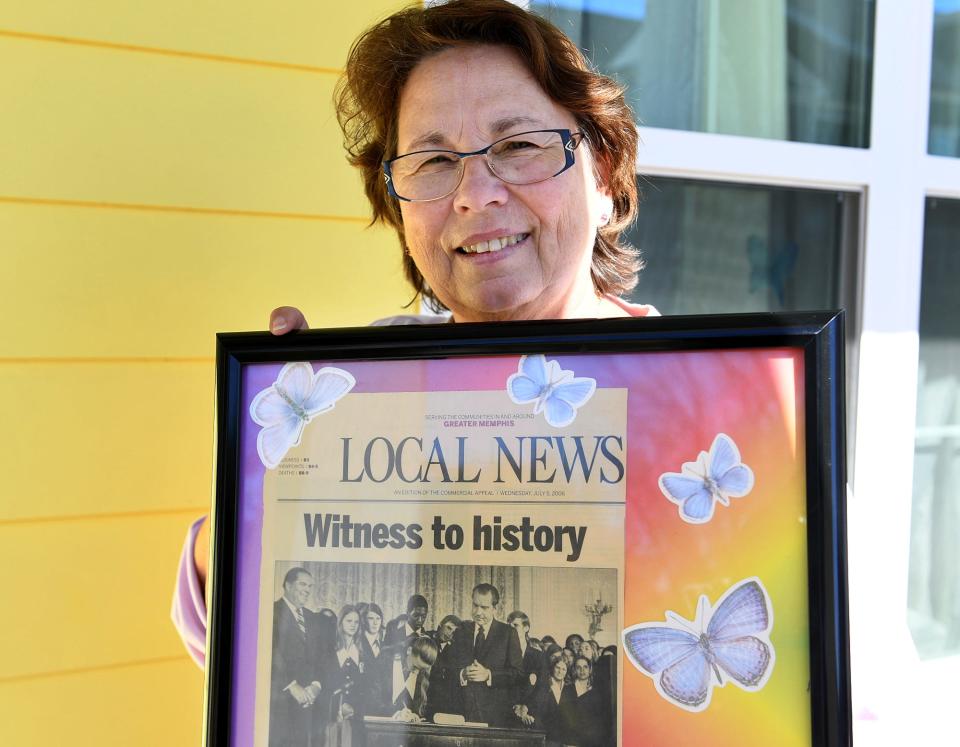Fight to let 18 year-olds vote led to a Supreme Court challenge then the 26th Amendment
Editor's note: This is a regular feature on issues related to the Constitution and civics written by Paul G. Summers, retired judge and state attorney general.
The 26th Amendment, ratified in July 1971, reduced the minimum age to vote in any election, federal or state, from 21 to 18.
The language provides that “(t)he right of citizens of the United States, who are eighteen years of age or older, to vote shall not be denied or abridged by the United States or by any State on account of age.”
Under the Amendment, Congress was given the power to provide appropriate legislation to effectuate the intent to reduce the voting age.
Hear more Tennessee Voices: Get the weekly opinion newsletter for insightful and thought provoking columns.
Public pressure led to lowering the voting age
During World War II and then through the Vietnam War, the pressure built to lower the voting age.

A strong argument was that, if men were old enough to be conscripted and to serve in the military, they should vote.
Thus, the message resonated across the United States: “If you’re old enough to fight, you’re old enough to vote.”
Congress first passed the law that the voting age was reduced to 18 in federal elections. Then later Congress amended the act or law to reduce the age to vote to 18 for all national, state, and local elections.
Sign up for Black Tennessee Voices newsletter:Read compelling columns by Black writers from across Tennessee.
Legal challenges made it all the way to the Supreme Court
Several states sued the federal government alleging that such was unconstitutional. They alleged Congress could change the federal voting age but not also at the state or local level.
In 1970, the U. S. Supreme Court, in a very divided Court in Oregon v. Mitchell, agreed with the states’ positions. The only legal and constitutional way was through a Constitutional Amendment. That is why we have the 26th Amendment.
Young people who made history: Meet the woman who signed the amendment allowing 18-year-olds to vote
Because of the draft, the wars, the Constitution, and Congress’ ability to declare war, there existed futile arguments against a constitutional amendment. It needed to apply to all citizens. Hence, in the administration of President Richard Nixon, the 26th Amendment was ratified.

We shall continue our study of the 27th Amendment to the U. S. Constitution, the last of our current amendments. Reading the Constitution is time well spent.
Paul G. Summers is an attorney. He formerly served as an appellate and senior judge, district attorney general, and attorney general of Tennessee. Born and raised in Fayette County, he lives in Holladay and Nashville.
This article originally appeared on Nashville Tennessean: Constitution: 26th Amendment gave 18-20 year-olds the right to vote.

